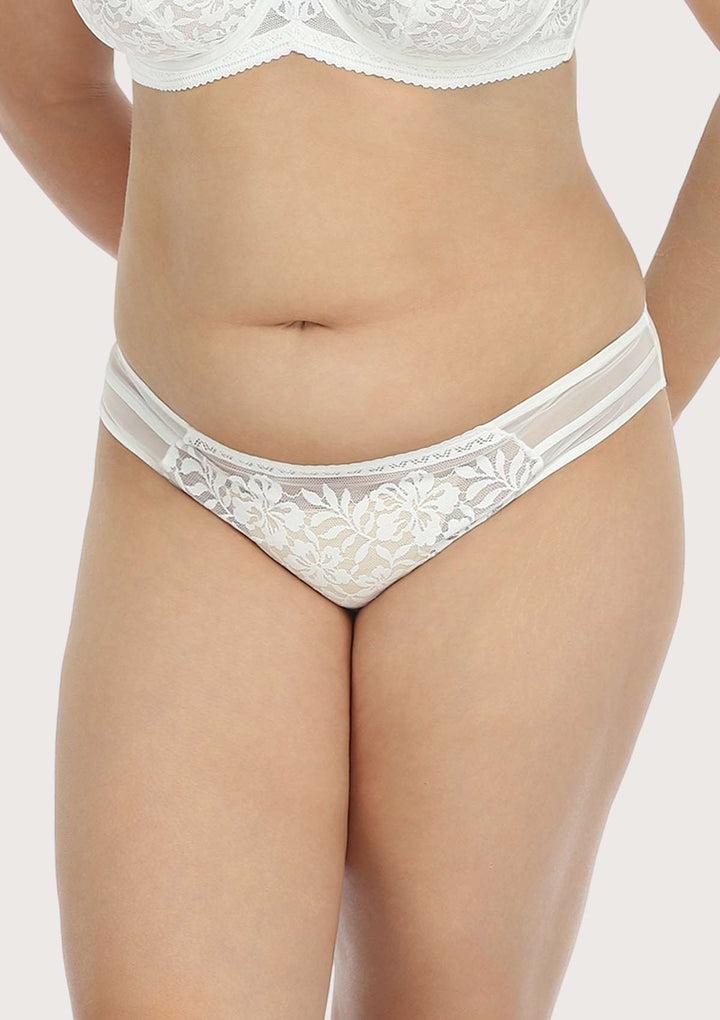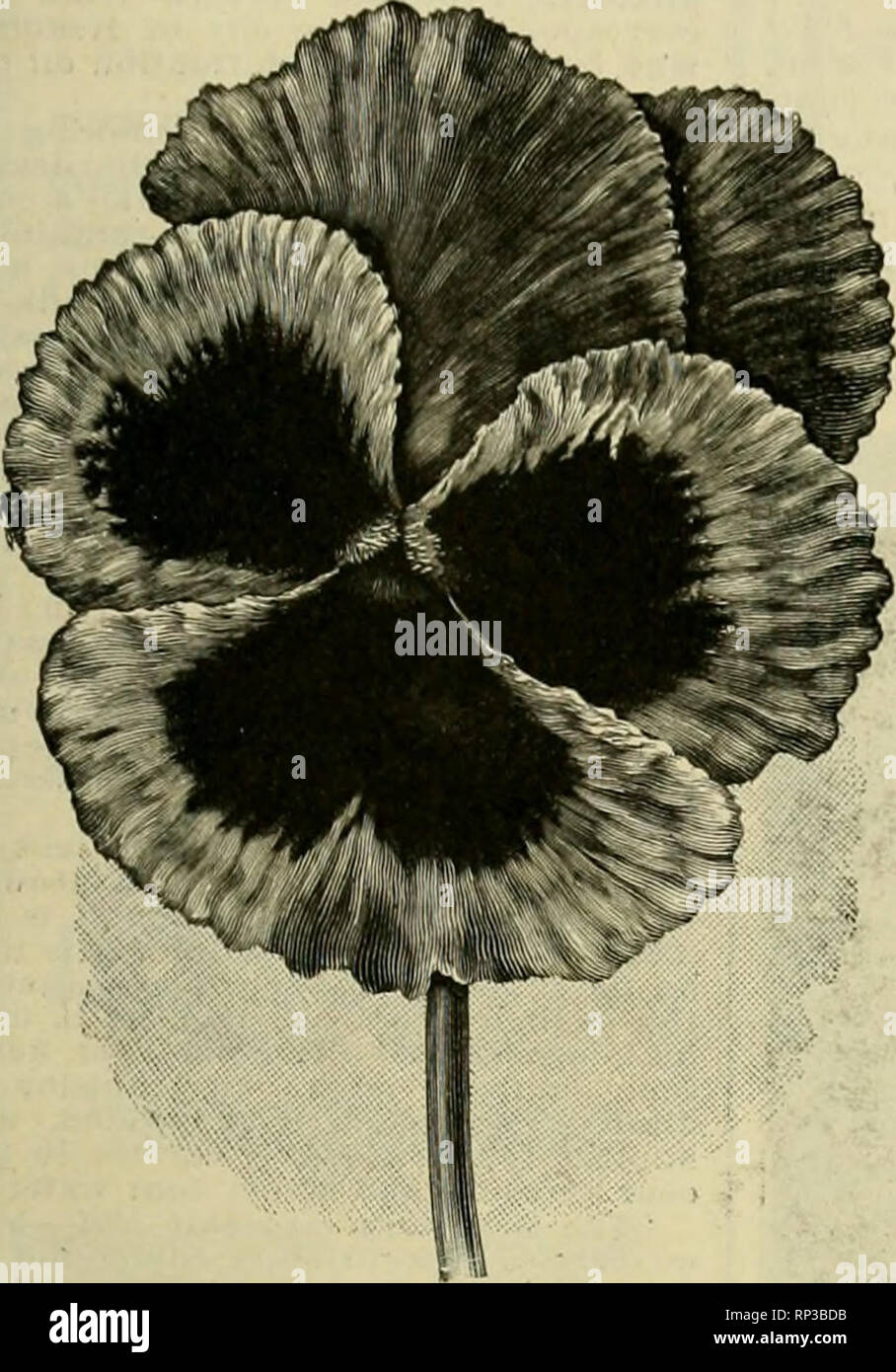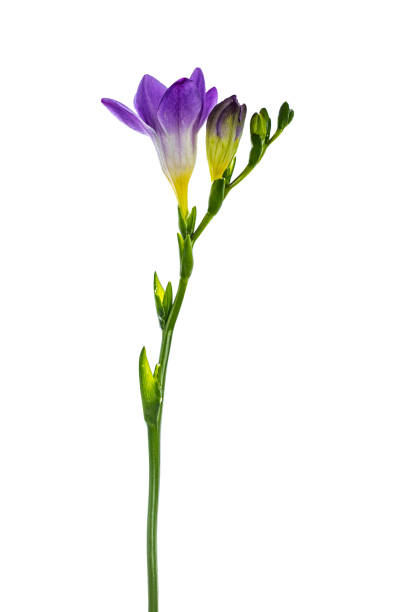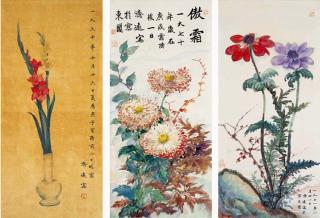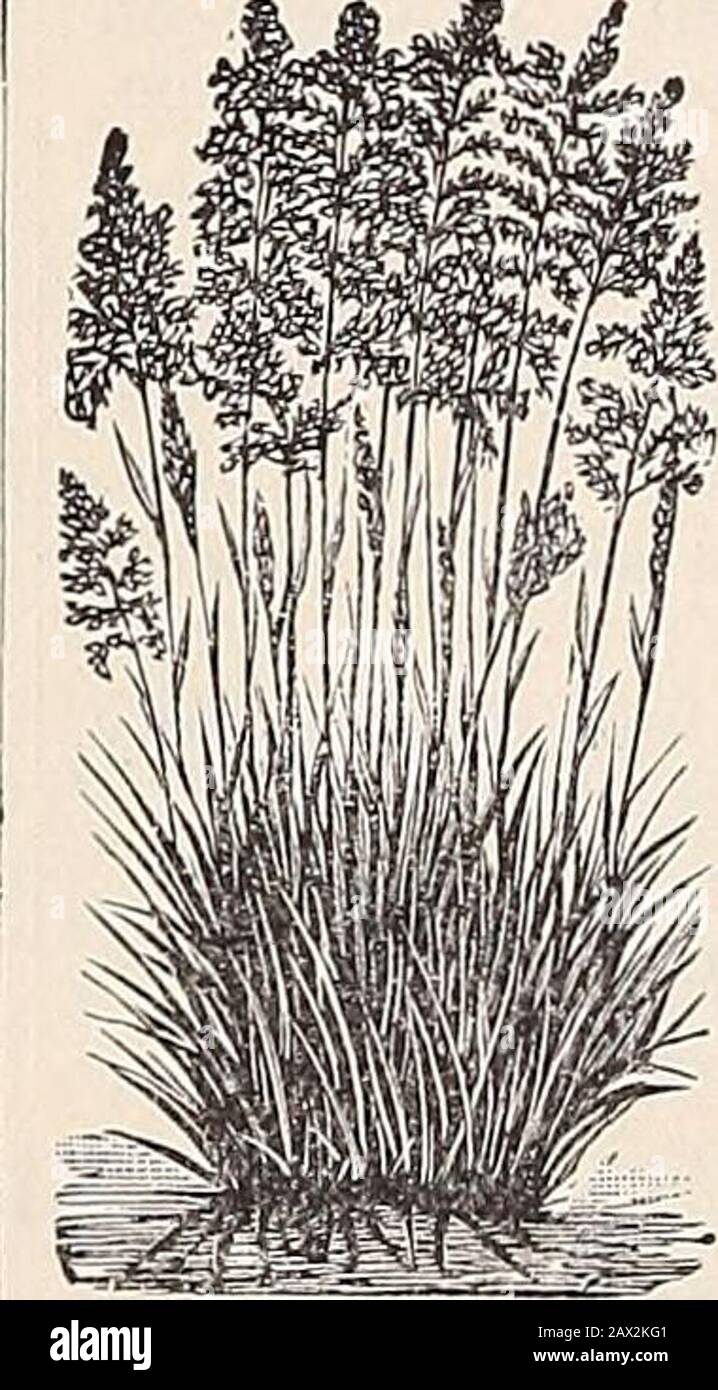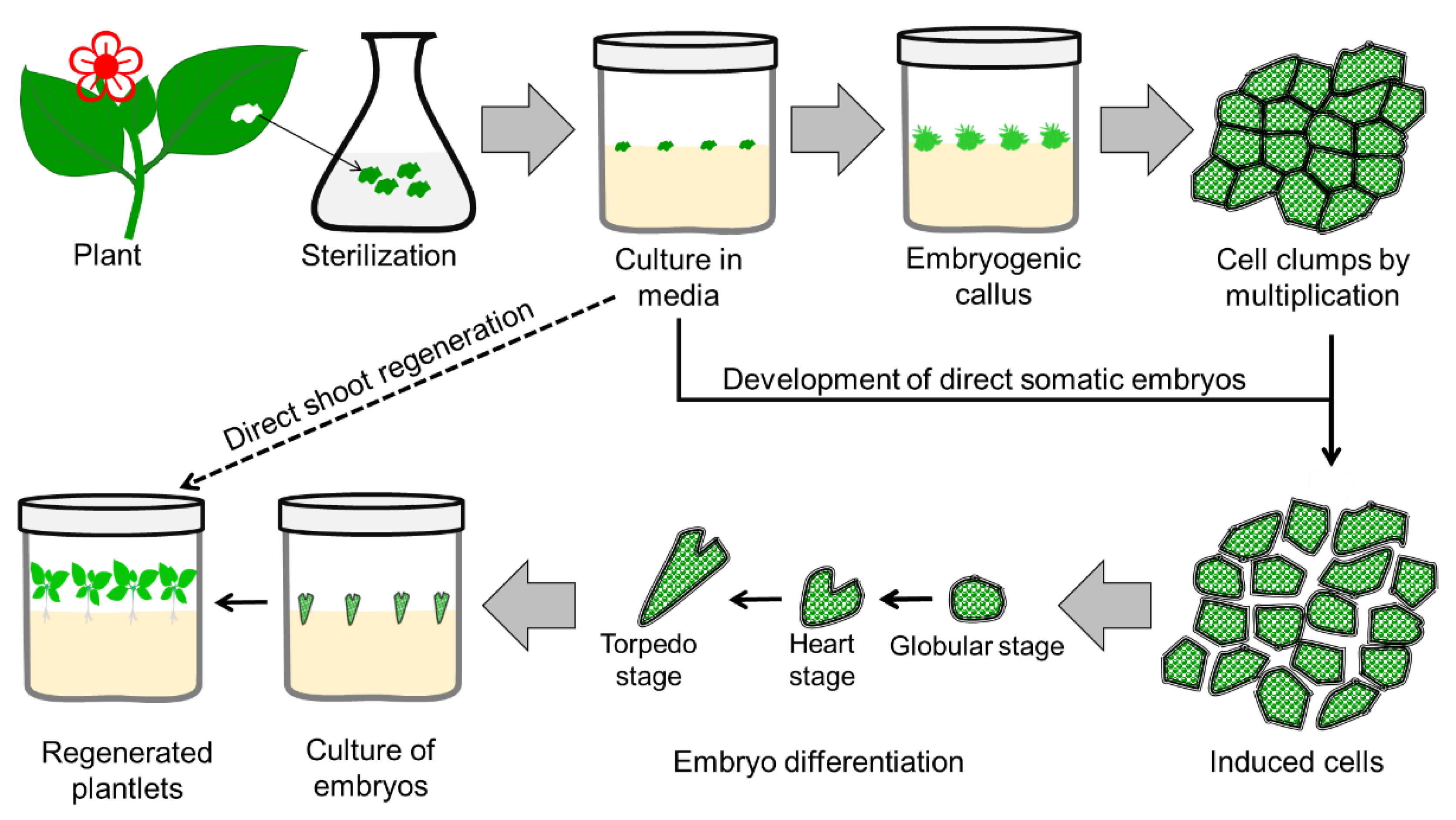Ornamentals come in a variety of shapes, sizes, and colors to suit a wide range of climates, landscapes, and gardening needs. Compared to demand, a shortage of plant materials and diversity force the search for solutions for their constant acquisition and improvement to increase their commercial value, respectively. In vitro cultures are a suitable solution to meet expectations using callus culture, somatic embryogenesis, protoplast culture, and the organogenesis of protocorm-like bodies; many of these techniques are commercially practiced. Factors such as culture media, explants, carbohydrates, plant growth regulators, and light are associated with the success of in vitro propagation. Techniques, especially embryo rescue and somatic hybridization, are widely used to improve ornamentals. The development of synthetic seed allows season-independent seed production and preservation in the long term. Despite the advantages of propagation and the improvement of ornamentals, many barriers still need to be resolved. In contrast to propagation and crop developmental studies, there is also a high scope for molecular studies, especially epigenetic changes caused by plant tissue culture of ornamentals. In this review, we have accumulated and discussed an overall update on cultivation factors, propagation techniques in ornamental plant tissue culture, in vitro plant improvement techniques, and future perspectives.
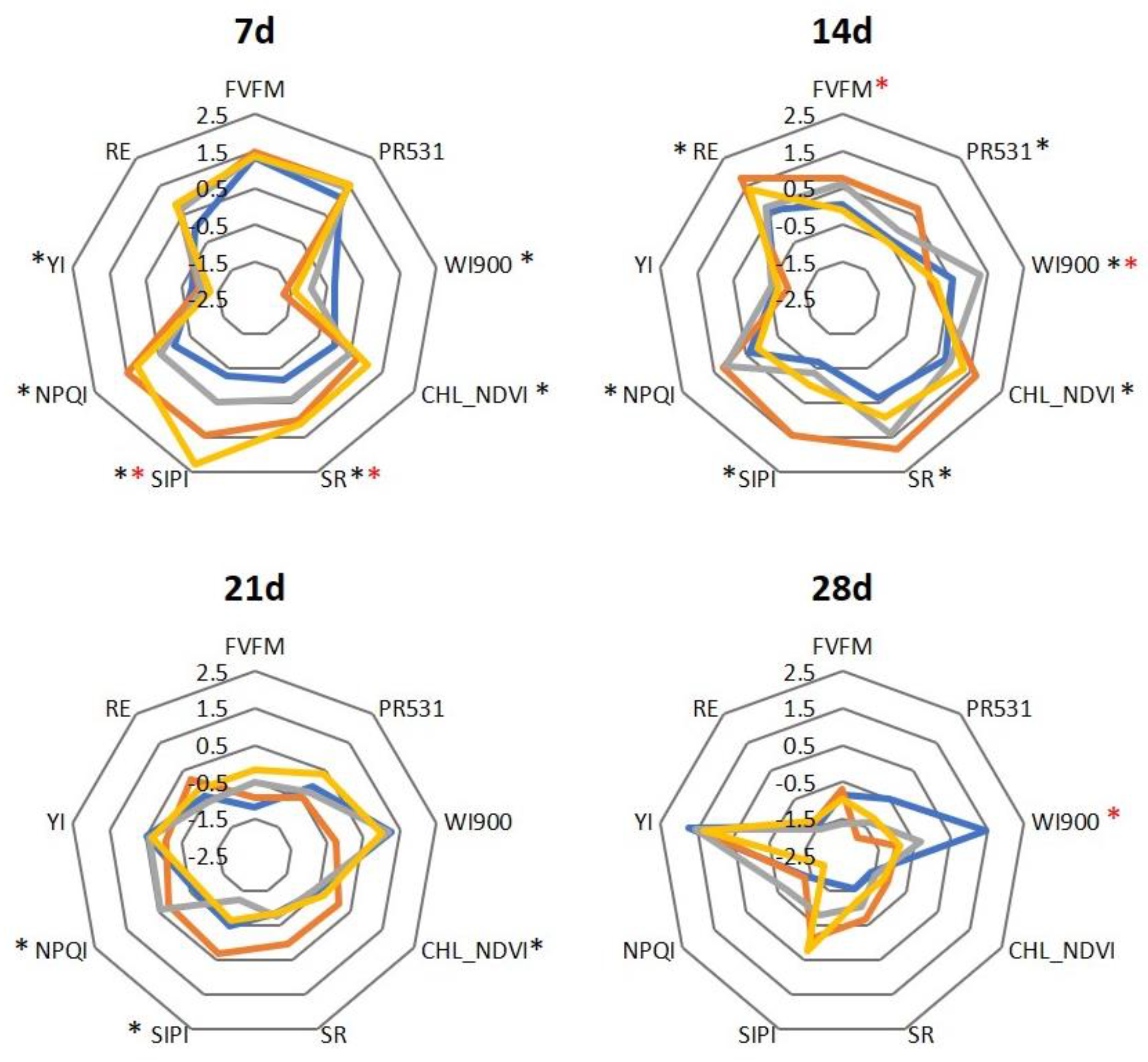
Plants, Free Full-Text

Plants, Free Full-Text, gb clube xml
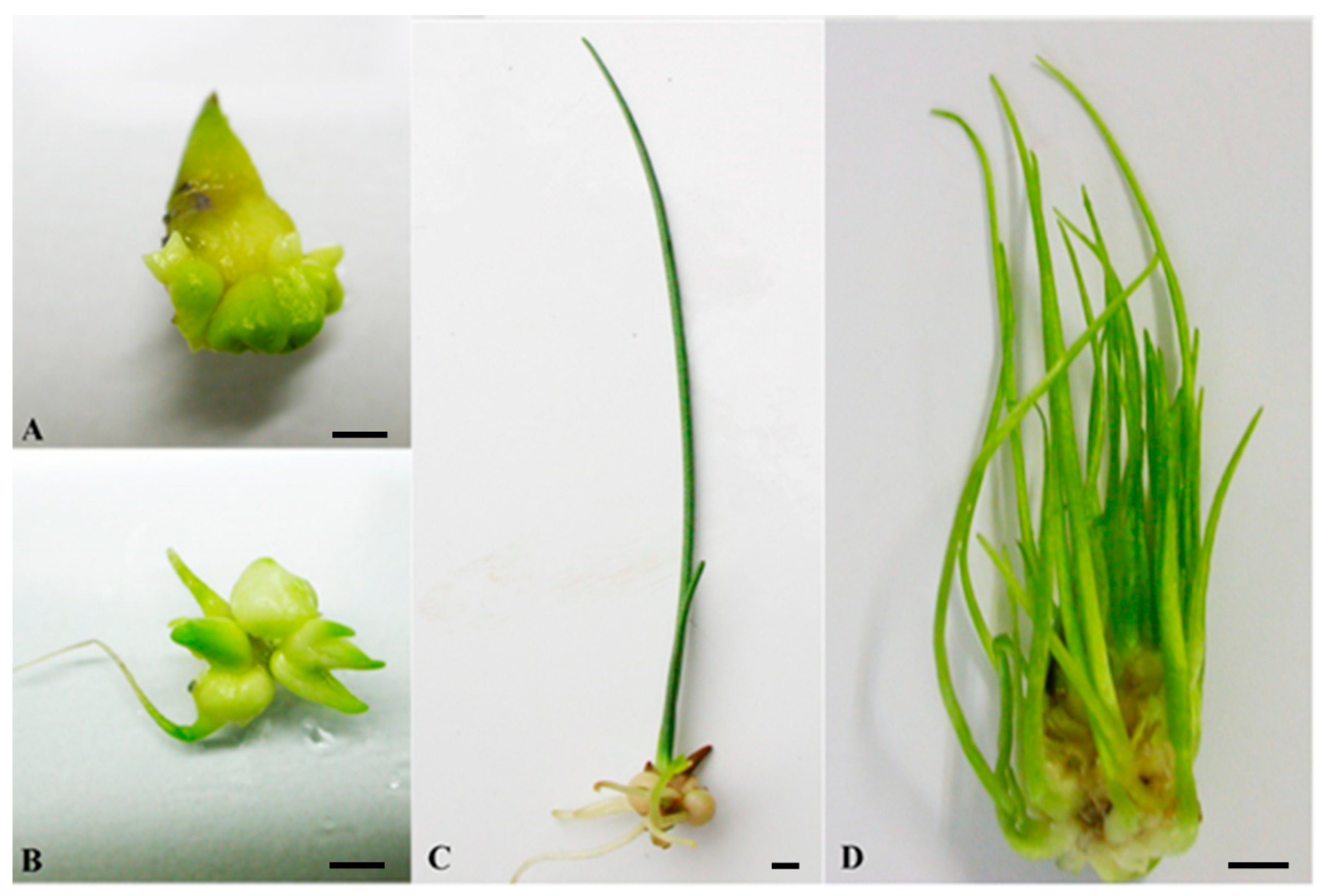
Sphagnum moss: A New Life, zhi lin wu posted on the topic, Moss For Plants Indoor
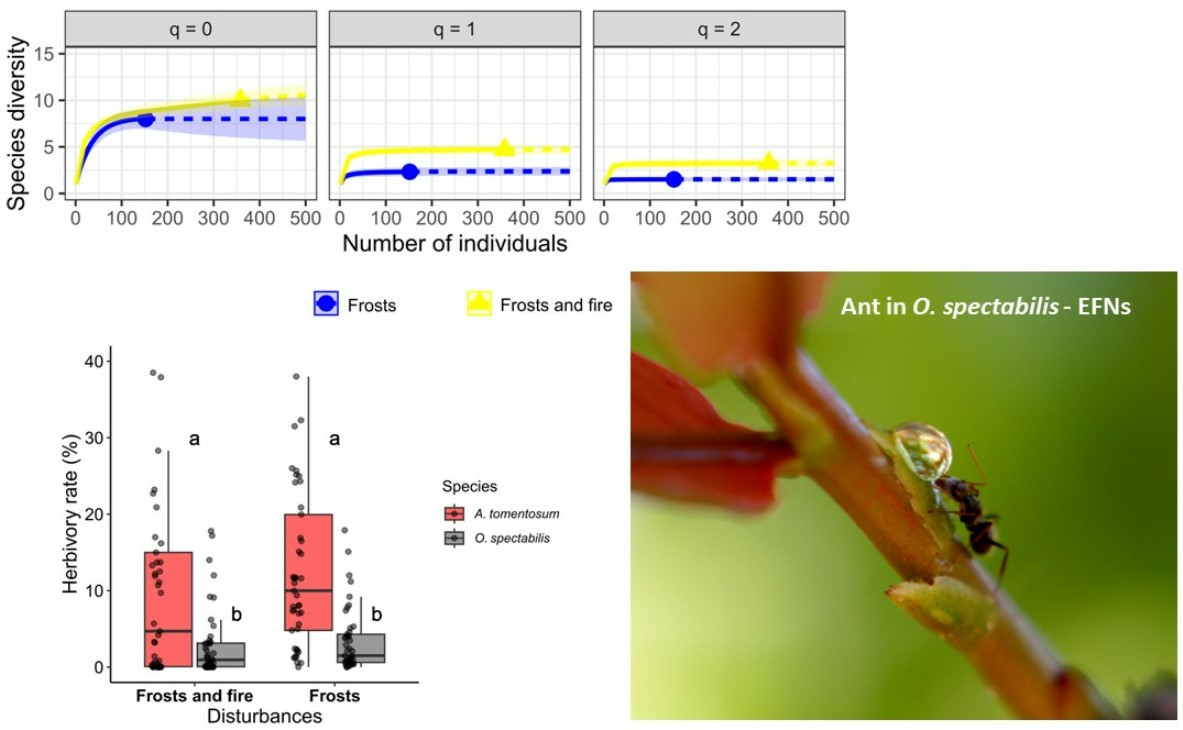
Plants, Free Full-Text, gb clube xml

Plants, Free Full-Text, tua serie chicago fire

Plants, Free Full-Text, ralf morales height

Full article: Gauging the trends of pseudogenes in plants, bäumlein 108 led

PDF) Introducing Three-Dimensional Scanning for Phenotyping of Olive Fruits Based on an Extensive Germplasm Survey

Full article: Gauging the trends of pseudogenes in plants, bäumlein 108 led






